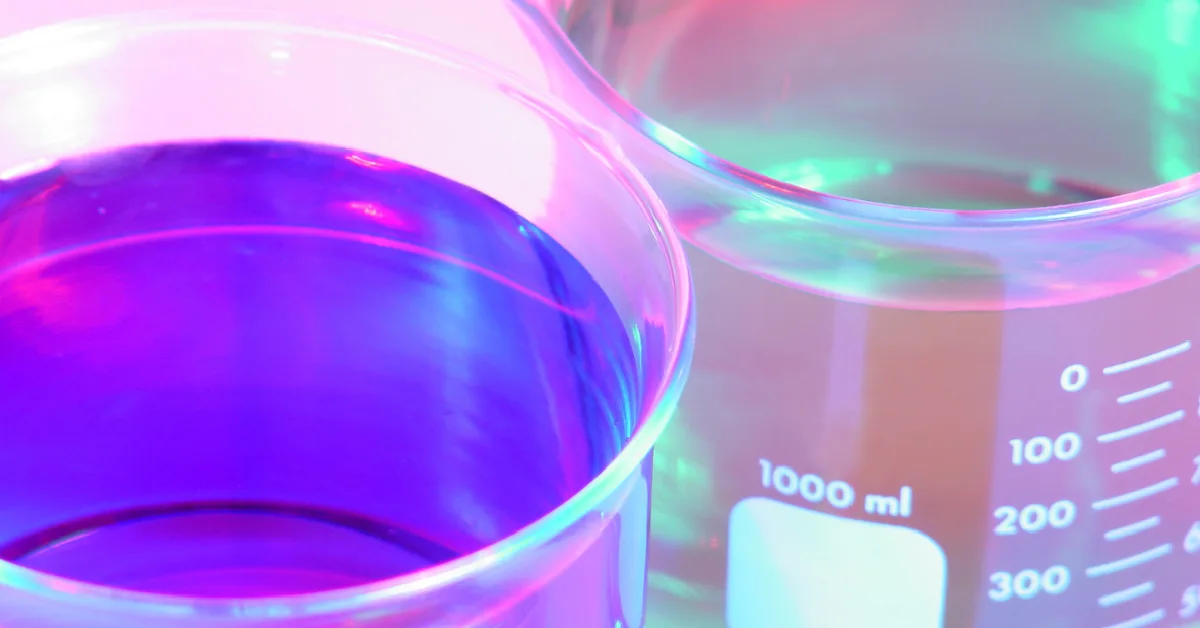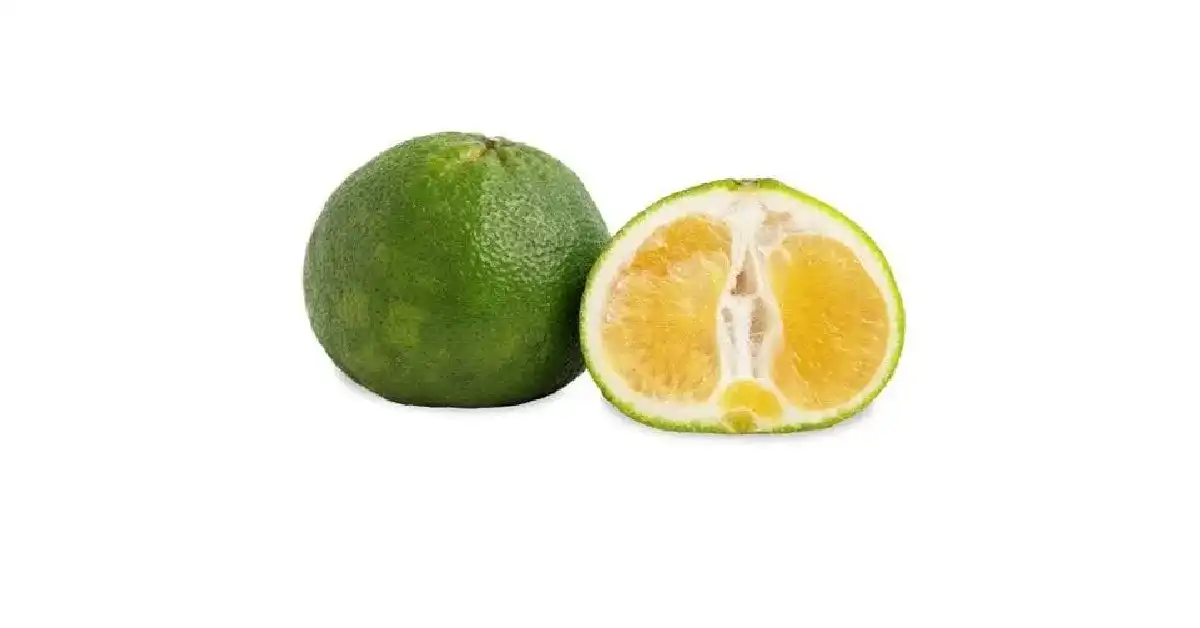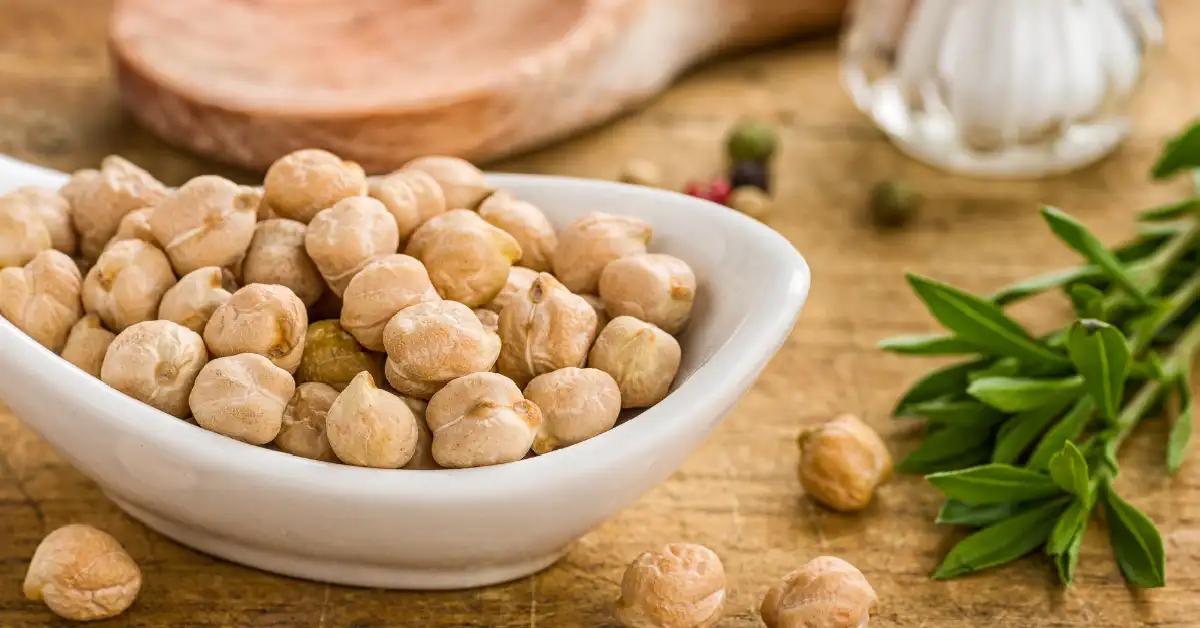Food
How Many ml in 8 oz? Simple Conversion Guide You Need to Know

Introduction
Ever found yourself stuck in the kitchen or at a café wondering “how many ml in 8 oz?” You’re not alone. Measurements can be confusing, especially when recipes switch between ounces and milliliters. The good news is that the conversion is simple once you understand the basics. In this article, we’ll not only answer the exact conversion but also guide you through practical uses, measurement tips, and comparison charts that make life easier. Whether you’re cooking, baking, or handling beverages, knowing the conversion from ounces to milliliters will save you time and prevent mistakes.
1. What Does 8 oz Mean?
“Oz” is short for ounces, a unit commonly used in the US for both weight and volume. In the context of liquids like water, juice, or coffee, 8 oz refers to fluid ounces. One fluid ounce measures volume, not weight, so it differs depending on the substance. For example, 8 oz of water equals 236.59 ml, while 8 oz of honey would weigh more due to its density.
2. How Many ml in 8 oz? The Exact Conversion
The precise answer:
-
1 US fluid ounce = 29.5735 ml
-
8 US fluid ounces = 236.59 ml
So, when you ask “how many ml in 8 oz?” the accurate conversion is 236.59 ml.
If you’re using UK (Imperial) fluid ounces:
-
1 UK fluid ounce = 28.41 ml
-
8 UK fluid ounces = 227.28 ml
👉 Always check whether a recipe uses US or UK measurements, as it can slightly affect the outcome.
3. Why Understanding the Conversion Matters
-
Cooking & Baking Precision – Recipes, especially for baking, rely on exact measurements. A small difference can alter texture or taste.
-
Nutrition & Dieting – Knowing fluid ounces to milliliters helps track calorie intake accurately.
-
Health & Fitness – Hydration goals are often set in ounces, but water bottles may show milliliters.
-
Travel Convenience – International travel often requires understanding different measurement systems.
4. Differences Between US Fluid Ounces and UK Fluid Ounces
| Measurement System | 1 fl oz (ml) | 8 fl oz (ml) |
|---|---|---|
| US Fluid Ounce | 29.57 ml | 236.59 ml |
| UK Fluid Ounce | 28.41 ml | 227.28 ml |
This slight difference may not matter much for beverages, but in baking or medical dosing, it can be significant.
More Article Here
5. Conversion Chart for Common Measurements
Here’s a handy chart to make conversions easier:
| Ounces (oz) | Milliliters (ml) |
|---|---|
| 1 oz | 29.57 ml |
| 2 oz | 59.14 ml |
| 4 oz | 118.29 ml |
| 6 oz | 177.44 ml |
| 8 oz | 236.59 ml |
| 12 oz | 354.88 ml |
| 16 oz | 473.18 ml |
| 32 oz | 946.35 ml |
Keep this as a quick reference for daily use.
6. Practical Uses of 8 oz to ml Conversion
-
Coffee Brewing – A standard coffee cup is often 8 oz, so you’ll pour about 236 ml.
-
Cooking Recipes – Many sauces and soups require 8 oz liquid portions.
-
Baby Feeding – Formula instructions often mention ounces, while bottles may be in milliliters.
-
Hydration Goals – Fitness apps may tell you to drink 8 oz glasses of water, which equals 236 ml.
7. Tips to Measure Accurately at Home
-
Use Measuring Cups – Designed for liquids, they ensure accuracy.
-
Check Labels on Bottles – Most beverage bottles list both ounces and milliliters.
-
Kitchen Scale – For dense liquids like honey or oil, a scale provides better accuracy.
-
Digital Conversion Apps – Quick and handy when cooking.
-
Remember the Golden Rule – 8 oz ≈ 236 ml (US).
8. Frequently Asked Questions (FAQs)
Q1: How many ml in 8 oz of water?
A: 8 oz of water equals about 236.59 ml in the US measurement system.
Q2: Is 8 oz the same as 250 ml?
A: Not exactly. 8 oz is 236.59 ml, which is slightly less than 250 ml.
Q3: Does 8 oz mean 1 cup?
A: Yes, in US cooking measurements, 8 fluid ounces is equal to 1 cup.
Q4: Are US and UK ounces the same?
A: No, a US ounce is slightly larger (29.57 ml) compared to a UK ounce (28.41 ml).
Q5: Why do recipes vary between ml and oz?
A: Different countries use different measurement systems—metric (ml) vs imperial (oz).
9. Conclusion
So, the next time you wonder “how many ml in 8 oz?” remember the key figure: 236.59 ml in the US system and 227.28 ml in the UK system. This small but important difference can impact your cooking, baking, or hydration tracking. With the conversion chart and practical tips shared here, you’ll never struggle with ounces-to-milliliters again. Mastering this conversion ensures precision in the kitchen, accuracy in health tracking, and confidence in everyday measurements.
Food
Fruit That Starts With U: Rare and Unique Choices You Need to Know

Fruits are a vital part of our daily diet, but have you ever thought about fruits beginning with specific letters? Today, we’re focusing on a truly uncommon category—fruit that starts with U. These fruits are not only rare but also fascinating in flavor, nutrition, and cultural significance. Whether you’re a fruit enthusiast, a food lover, or simply curious, this detailed guide explores every known fruit starting with U, along with their benefits, taste, and uses.
1. Understanding the Rarity of Fruits Starting With U
The English alphabet has plenty of common fruits like apples, bananas, and mangoes. But when it comes to fruit that starts with U, the list gets much shorter. These fruits are not as widely known, often limited to specific regions, but they hold immense cultural and nutritional value. Exploring them is like opening a door to hidden treasures of the fruit world.
2. List of Fruits That Start With U
1. Ugli Fruit
The Ugli fruit is a citrus hybrid, native to Jamaica. It looks like a wrinkled orange but has a sweet, tangy flavor. Despite its name, it’s rich in vitamin C and antioxidants, making it highly beneficial for immunity.
2. Ububese Fruit
Found in parts of Africa, the Ububese fruit is small, round, and slightly tart. It’s used in traditional medicine and often consumed fresh or in jams.
3. Urava Fruit
The Urava fruit grows in mangrove areas and is common in coastal regions of Asia. It’s often used in local dishes and carries a salty-sweet profile.
4. Ubajay Fruit
Native to South America, Ubajay fruit is a small, yellow-orange fruit with a sweet aroma. It is popular in Argentina and Uruguay for its refreshing taste.
5. Uva (Grape Varieties)
“Uva” is the Spanish and Italian word for grapes. Uvas come in several varieties, from green to black, and are used for wines, juices, and snacks.
6. Uvalha Fruit
A Brazilian native, Uvalha fruit has a sour taste and is commonly used in juices, jams, and local drinks.
7. Uchuva Fruit
Also known as goldenberry, Uchuva fruit is a bright yellow berry wrapped in a papery husk. It’s rich in vitamins A and C and widely enjoyed in South America.
More Article Here
3. Nutritional Benefits of Fruits That Start With U
Most fruits starting with U are packed with nutrients:
-
Vitamin C: Boosts immunity (Ugli, Uchuva, Uvalha).
-
Antioxidants: Protect against cell damage.
-
Fiber: Supports digestion (Ububese, Ubajay).
-
Minerals: Magnesium, potassium, and calcium for body balance.
4. Culinary Uses Around the World
-
Ugli fruit: Used in juices, jams, and fruit salads.
-
Ubajay: Made into refreshing drinks.
-
Uchuva: Added to desserts, sauces, and smoothies.
-
Uvalha: Perfect for making sour jams and cocktails.
These fruits bring diversity and exotic flavors to global cuisines.
5. Growing Conditions and Regions
-
Tropical regions (Ububese, Ubajay, Uchuva).
-
Coastal mangroves (Urava).
-
South America (Uvalha, Uchuva).
-
Caribbean (Ugli fruit).
Most of these fruits thrive in warm, humid environments.
6. Health Benefits and Medicinal Uses
-
Boosting immunity (Ugli, Uchuva).
-
Improving digestion (Ububese).
-
Anti-inflammatory properties (Urava).
-
Cardiovascular support (Uvas, grapes).
7. Comparison Chart of Fruits Starting With U
| Fruit | Region | Taste Profile | Key Nutrients | Common Use |
|---|---|---|---|---|
| Ugli | Jamaica | Sweet & tangy | Vitamin C | Juices, salads |
| Ububese | Africa | Tart | Fiber, iron | Jams, fresh eat |
| Urava | Asia (mangrove) | Salty-sweet | Minerals | Local dishes |
| Ubajay | South America | Sweet-aromatic | Fiber, Vitamin A | Drinks, fresh |
| Uva (grapes) | Global | Sweet to sour | Antioxidants | Wines, snacks |
| Uvalha | Brazil | Sour | Vitamin C | Juices, jams |
| Uchuva | South America | Sweet-tart | Vitamin A, C | Desserts, sauces |
8. Fun Facts and Cultural Significance
-
Ugli fruit was discovered by chance in Jamaica.
-
Uchuva is called “the goldenberry” for its bright golden hue.
-
Ubajay trees are used not just for fruit but also for shade in South America.
-
Uvas (grapes) are central to New Year traditions in Spain, where people eat 12 grapes at midnight for good luck.
9. 5 Most Common FAQs About Fruits Starting With U
Q1: What is the most popular fruit that starts with U?
A: The most popular is the Ugli fruit, thanks to its citrus flavor and global recognition.
Q2: Are fruits starting with U healthy?
A: Yes, they are rich in vitamins, antioxidants, and fiber, offering multiple health benefits.
Q3: Where can I find Uchuva fruit?
A: Uchuva is mainly grown in South America but is increasingly available in global markets.
Q4: Can Ugli fruit be eaten raw?
A: Absolutely. It can be peeled and eaten like an orange, or juiced for a refreshing drink.
Q5: Which fruit starting with U is rarest?
A: The Ububese fruit from Africa and Urava fruit from mangroves are among the rarest.
10. Conclusion
Exploring the fruit that starts with U reveals a fascinating mix of rare, exotic, and culturally rich fruits. From the citrusy Ugli to the golden Uchuva, each offers unique flavors and health benefits. While they may not be as common as apples or bananas, they stand out for their diversity, nutrition, and culinary uses. If you’re
looking to expand your fruit knowledge or try something new, these U-fruits deserve a place on your list.
Food
Are Chickpeas and Garbanzo Beans the Same? Discover the Truth Behind the Name

Introduction
Are chickpeas and garbanzo beans the same? This question often pops up when browsing recipes, shopping for ingredients, or exploring plant-based diets. The short answer is yes—they are the same food, but the names come from different cultural and linguistic roots. While “chickpea” is more commonly used in English, “garbanzo” is rooted in Spanish history. Beyond the name, these tiny legumes pack a nutritional punch, offering plant-based protein, fiber, and essential minerals that make them a global dietary staple.
In this article, we’ll dive deep into the origin of the names, their nutritional value, culinary uses, health benefits, and much more. You’ll also find a detailed comparison chart for easy understanding, FAQs to clear common doubts, and practical tips on how to use them in daily meals.
1. Origins of the Names: Chickpeas vs. Garbanzo Beans
The word chickpea comes from the Latin word cicer arietinum, which is the scientific name of this legume. Over centuries, the Old French word chiche evolved into the modern English term “chickpea.”
On the other hand, garbanzo originates from Spanish. The word was likely derived from Old Spanish terms garroba (seed) and antzu (dry). When Spanish explorers introduced the legume to new regions, the name garbanzo traveled with it.
So, while both names refer to the same legume, their linguistic roots differ depending on history and geography.
2. Are Chickpeas and Garbanzo Beans the Same?
Yes, they are the same legume. Both belong to the family Fabaceae and are scientifically classified as Cicer arietinum. The confusion mainly arises from cultural naming differences.
-
Chickpea = English and more commonly used in recipes worldwide.
-
Garbanzo Bean = Spanish origin, still widely used in the Americas.
So, whether you see chickpeas or garbanzo beans in a recipe, you’re dealing with the same versatile ingredient.
3. Nutritional Profile Breakdown
Chickpeas/garbanzo beans are nutrient-dense and considered a superfood in many cultures. Here’s the nutritional profile per 1 cup (164g) cooked chickpeas:
-
Calories: 269
-
Protein: 14.5g
-
Fiber: 12.5g
-
Carbohydrates: 45g
-
Fat: 4.2g
-
Folate: 71% of daily value
-
Iron: 26% of daily value
-
Magnesium: 20% of daily value
-
Phosphorus: 28% of daily value
They are low in fat, high in protein, and filled with micronutrients essential for overall health.
More Article Here
4. Health Benefits of Chickpeas (Garbanzo Beans)
-
Supports Weight Management – High fiber and protein keep you fuller for longer.
-
Improves Digestion – Fiber promotes gut health.
-
Balances Blood Sugar – Low glycemic index helps manage blood sugar levels.
-
Boosts Heart Health – Rich in magnesium, potassium, and fiber.
-
Strengthens Bones – Contains calcium, iron, and phosphorus.
-
Great for Vegetarians/Vegans – Provides plant-based protein alternative to meat.
5. Culinary Uses Around the World
-
Middle Eastern Cuisine: Hummus, falafel, and stews.
-
Indian Cuisine: Chana masala, curries, and flour (besan).
-
Mediterranean Cuisine: Salads, roasted chickpea snacks.
-
Western Cuisine: Vegan burgers, pasta dishes, soups.
Their versatility makes chickpeas/garbanzo beans a global favorite.
6. Different Types of Chickpeas
-
Kabuli Chickpeas – Larger, cream-colored, common in Mediterranean dishes.
-
Desi Chickpeas – Smaller, darker, commonly used in Indian cuisine.
-
Green Chickpeas – Fresh, less common but highly nutritious.
7. Chickpeas in Plant-Based Diets
Chickpeas are a foundation of plant-based diets. They replace meat in vegetarian and vegan meals, offering essential amino acids. They’re also gluten-free, making them an ideal choice for people with gluten intolerance.
More Article Here
8. Possible Side Effects to Consider
-
Digestive Issues: High fiber may cause bloating or gas.
-
Allergies: Rare, but some people may have legume allergies.
-
Portion Control: Eating in moderation is key due to carb content.
9. Storage and Preparation Tips
-
Dried Chickpeas: Store in airtight containers; soak overnight before cooking.
-
Canned Chickpeas: Convenient but rinse before use to reduce sodium.
-
Roasted Chickpeas: Store in airtight jars for a crunchy snack.
10. Comparison Chart: Chickpeas vs. Garbanzo Beans
| Feature | Chickpeas | Garbanzo Beans |
|---|---|---|
| Origin of Name | English, from Latin cicer | Spanish, from Old Spanish roots |
| Scientific Name | Cicer arietinum | Cicer arietinum |
| Culinary Use | Global recipes | Common in Americas & Spain |
| Nutritional Profile | Identical | Identical |
| Are They the Same? | Yes | Yes |
11. 5 Most Frequently Asked Questions (FAQs)
Q1: Are chickpeas and garbanzo beans the same food?
Yes, they are the same legume, just known by different names.
Q2: Why do chickpeas have two names?
The difference comes from cultural and linguistic roots: “chickpea” in English, “garbanzo” in Spanish.
Q3: Do canned and dried chickpeas have the same nutrition?
They are similar, but canned chickpeas may have added sodium.
Q4: Can I substitute garbanzo beans for chickpeas in recipes?
Absolutely. They are identical and interchangeable.
Q5: Are chickpeas good for weight loss?
Yes, their high fiber and protein content helps control appetite.
12. Conclusion
So, are chickpeas and garbanzo beans the same? The answer is yes. Despite the difference in names, they are one and the same legume, celebrated worldwide for their nutritional richness, culinary versatility, and health benefits. Whether you call them chickpeas or garbanzo beans, adding them to your diet can boost health, support weight management, and enhance meals with protein-packed goodness.
Food
Does Soda Expire? Everything You Need to Know Before Your Next Sip

Introduction
Does soda expire? This is a common question for anyone who has found a forgotten can of cola or a half-empty bottle of sparkling drink in the fridge. Soda, like most beverages, has a shelf life. While it may not spoil in the same way as milk or fresh juice, it does change in taste, texture, and carbonation over time. Understanding whether soda expires, how long it lasts, and whether it’s safe to drink after the expiration date can save you from unpleasant surprises and help you enjoy your drink at its best.
In this guide, we’ll dive deep into the truth about soda expiration. From explaining “best before” dates to storage tips, health risks, and a helpful comparison chart, this article covers everything you need to know.
1. What Does It Mean When Soda Expires?
When you see an expiration or “best by” date on soda, it doesn’t necessarily mean the drink becomes unsafe immediately after that date. Instead, it indicates the timeframe during which the soda is expected to taste the best. Soda contains carbonation, artificial flavors, and preservatives that make it more stable than perishable foods. However, over time, carbonation escapes, and the taste profile changes.
2. Shelf Life of Unopened Soda
Unopened soda typically lasts 6–9 months past its printed “best by” date if stored properly. Cans and plastic bottles can preserve carbonation for months, but temperature fluctuations shorten this period. Unopened soda stored in a cool, dark place maintains flavor and fizz much longer than soda left in warm conditions.
3. Shelf Life of Opened Soda
Once you open a soda, the clock ticks much faster. An opened can or bottle of soda usually lasts 1–4 days in the refrigerator before going flat. While it may still be safe to drink after losing carbonation, the taste becomes unappealing.
4. What Happens to Soda After It Expires?
Expired soda usually undergoes these changes:
-
Loss of carbonation: Soda tastes flat.
-
Flavor changes: Sweetness fades, and metallic or stale notes may appear.
-
Color fading: Some sodas lose vibrancy.
-
Potential spoilage: Rare, but possible if exposed to contaminants.
More Article Here
5. Does Expired Soda Make You Sick?
Drinking expired soda generally won’t cause serious illness. However, if the soda smells off, tastes unusual, or shows signs of mold (especially in opened bottles), it’s best to discard it. Consuming spoiled soda can cause mild stomach discomfort, but it’s rare.
6. Shelf Life of Regular vs. Diet Soda
Diet sodas expire faster than regular sodas because artificial sweeteners break down quicker than sugar. While regular soda can last 6–9 months past the best by date, diet soda often loses its taste quality after 3–6 months.
7. Carbonation: The Key Factor in Soda Freshness
The fizz is what makes soda enjoyable. Once carbonation escapes, soda becomes flat. Even if the drink is safe to consume, the lack of bubbles makes it less satisfying. That’s why sealing bottles tightly and refrigerating after opening helps preserve carbonation.
8. How Storage Conditions Affect Soda Expiration
Storage plays a huge role in soda’s longevity:
-
Cool, dark place: Best for unopened soda.
-
Refrigerator: Ideal after opening.
-
Heat exposure: Speeds up flavor and carbonation loss.
-
Freezing: Not recommended, as soda expands and can burst the container.
9. Canned vs. Bottled Soda: Which Lasts Longer?
-
Cans: Provide a tight seal, preventing carbonation loss and light exposure.
-
Plastic bottles: More prone to gas leakage, so soda in bottles may lose fizz faster.
-
Glass bottles: Excellent for preserving carbonation, but less common.
10. Signs That Soda Has Gone Bad
Look for these signs before drinking soda past its expiration date:
-
Flat or no fizz
-
Off or sour smell
-
Discoloration
-
Mold inside the bottle (rare but possible)
11. Tips to Extend Soda Shelf Life
-
Store unopened cans or bottles in a cool pantry.
-
Refrigerate opened soda immediately.
-
Seal bottles tightly to trap carbonation.
-
Avoid exposing soda to direct sunlight or extreme heat.
12. Comparison Chart of Soda Shelf Life
| Soda Type | Unopened Shelf Life | Opened Shelf Life | Notes |
|---|---|---|---|
| Regular Soda (Cans) | 6–9 months past date | 1–3 days | Holds carbonation well |
| Regular Soda (Plastic) | 4–6 months past date | 1–2 days | Loses fizz faster |
| Diet Soda (Cans) | 3–6 months past date | 1–3 days | Artificial sweeteners degrade |
| Diet Soda (Plastic) | 3–4 months past date | 1–2 days | Flavor fades quickly |
| Glass Bottle Soda | 9–12 months past date | 2–4 days | Preserves fizz best |
13. Fun Facts About Soda Longevity
-
A sealed soda can left untouched can remain fizzy for years, though the taste changes.
-
Military ration sodas are designed to last much longer.
-
Temperature is the number one factor that decides how long soda stays fresh.
14. Frequently Asked Questions (FAQs)
Q1: Does soda expire if unopened?
Yes, but it usually remains safe to drink for several months after the “best by” date.
Q2: Can expired soda make you sick?
Usually no, but spoiled or contaminated soda should not be consumed.
Q3: How can you tell if soda has gone bad?
Flatness, strange taste, discoloration, or mold are signs of spoilage.
Q4: Does freezing soda ruin it?
Yes, freezing causes soda to expand, often bursting the container and ruining the drink.
Q5: Which soda lasts longer, regular or diet?
Regular soda lasts longer because sugar preserves flavor better than artificial sweeteners.
15. Conclusion
So, does soda expire? The answer is yes—but not in the same way as perishable foods. While unopened soda can last months beyond its expiration date, its quality eventually declines. Opened soda, on the other hand, loses its fizz within days. To enjoy soda at its best, proper storage is key. Always check for changes in smell, color, or taste before drinking expired soda. With the right handling, your favorite fizzy drink will stay fresh, bubbly, and enjoyable for longer.
-

 Must Read1 month ago
Must Read1 month agoThe Truth Behind the Direct Fairways Lawsuit: What You Need to Know
-

 Tech2 months ago
Tech2 months agoblogsternation .com: Complete Beginner’s Guide, Benefits, and FAQs
-

 Business2 months ago
Business2 months agoTop Chartered Accountants Benefits: Guide, Tips, FAQs & More
-

 Sports2 months ago
Sports2 months agoHow Many Quarters in Football? A Complete Guide to Game Structure and Timing
-

 Must Read2 months ago
Must Read2 months agoEscalade Must Have Accessories for the Ultimate Cadillac Experience
-

 Education2 months ago
Education2 months agoOxford Acceptance Rate: What It Means, Why It Matters, and How to Beat It
-

 Business1 month ago
Business1 month agoUnlocking the Truth About gomyfinance.com Credit Score
-

 Tech1 month ago
Tech1 month agoDownload MetaMask Tumbl: Your Ultimate Guide to Getting Started Securely





